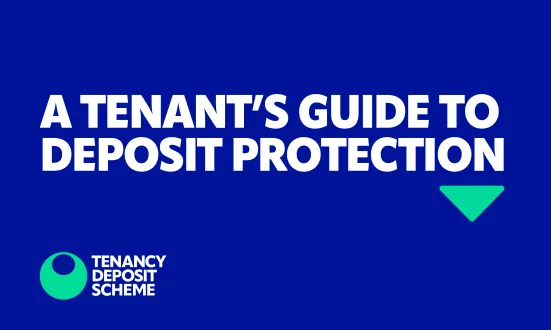This week on #ExpertView, our Head of Member Services, John King, considers a seasonal case that TDS have seen involving pine needles left over from a tenant’s Christmas tree and how a decision was reached by the adjudicator.
- Be prepared for the pitfalls of having a real Christmas tree
- ‘Wear and tear’ is a separate issue from cleanliness
- Be prepared
In this case a landlord took possession of a rented property shortly after the Christmas break. All was well – or so it seemed – until the landlord walked across the lounge carpet in socks! There were pine needles stuck in the carpet’s pile and soft soles brought these to their attention. A closer examination also showed some marks to the carpet in the area where the base of the Christmas tree had stood.
The landlord claimed the cost of cleaning the carpet – normally £35.00 and an additional £35.00 for the cleaner to remove the remaining pine needles by hand. The tenant argued that they had been given permission to put up a real Christmas tree by the landlord and they had themselves paid for a carpet cleaner before they left; they argued that any remaining problems were ‘wear and tear’ that was to be expected from a real, rather than artificial, tree.
The adjudicator worked from the starting point that the carpet needed to be returned to the landlord in the same condition and required state of cleanliness as at the start of the tenancy. Accepting that there would be an allowance for ordinary wear and tear. The adjudicator did not consider that the issues of a Christmas tree as identified were wear and tear; there were more issues of cleanliness. The marks on the carpet were not an inevitable consequence of having a real Christmas tree and pine needles should be removed – however fiddly as this might be.
The adjudicator did not consider it was unreasonable for the landlord to claim the cost of cleaning the carpet again, because it was not clear what cleaning had been done by the tenant and at what cost. The landlord needed to be certain whether marks could be removed, as this would determine whether their claim was for cleaning only, or possibly a contribution to replacing the carpet if it was damaged beyond repair. Fortunately, the cleaner was able to remove the marks, although the carpet cleaning did not remove all pine needles from the carpet’s pile. The adjudicator felt that a further deduction was reasonable as an additional cost was incurred by the landlord for the extra time the contractor needed at the property for manually removing the pine needles stuck in the carpet.
So, what are the key points here?
Wear and tear may be relevant to damage, but not to cleaning, it can apply to those things that are bound to happen in normal day to day use. Pine needles will drop, but that doesn’t mean they shouldn’t be cleaned away properly just like any other cleaning matter.
The Tenancy Deposit Scheme (TDS) is a government approved scheme for the protection of tenancy deposits; we offer both insured and custodial protection. We also provide fair adjudication for disputes that arise over the tenancy deposits that we protect.
If you are a Landlord and would like to keep up to date with any changes that may affect you or your responsibilities, you can contact the RLA at: info@rla.org.uk and quote reference: dg715 to receive 25% off your first year’s membership.
For agents who would like to stay up to date, you can contact Propertymark | ARLA at: join@propertymark.com. By being a member of Propertymark | ARLA you will be eligible for TDS Insured best headline rates.
TDS can only comment on the process for our scheme, other deposit protection schemes may have a different process/require different steps. Content is correct at the time of writing.
Other news stories


